Dive into the fascinating world of plants with our curated plant database, a hub of knowledge featuring a wide array of plant species. From vibrant blooms to rare specimens, explore the intricate details and diverse characteristics of the plant kingdom.
Hydrangea macrophylla 'Bailmer'
Hydrangea paniculata 'Bailpantwo'
Hydrangea paniculata 'Phantom'
Hydrangea macrophylla 'PIIHM-II'
Hydrangea paniculata 'Limelight (tree form)'
Hydrangea quercifolia 'Gatsby Star'
Hydrangea macrophylla 'Blue Heaven'
Hydrangea arborescens 'Annabelle'
Hydrangea macrophylla 'Endless Summer'
Hydrangea trees are a delightful and elegant variation of the well-loved hydrangea shrubs. Unlike the bushy, sprawling habit of their shrub cousins, hydrangea trees are trained and pruned into a single-stemmed, tree-like shape, typically featuring a round, canopy-like top where the blooms are displayed. This unique form makes them an excellent focal point in the garden, suitable for accentuating entryways, patios, or as a standout feature in garden beds.
One of the most popular hydrangea tree types is the Panicle Hydrangea tree (Hydrangea paniculata). It’s prized for its large, cone-shaped flower clusters that bloom in mid-to-late summer. The flowers typically start white and gradually turn to shades of pink or red as the season progresses. Varieties of Panicle Hydrangea trees such as ‘Limelight’, ‘Little Lime’, and ‘Pinky Winky’ are particularly beloved for their striking blooms and robust growth.
Another notable type is the Bigleaf Hydrangea tree (Hydrangea macrophylla), which is less common but equally stunning. This variety is known for its large, round flower heads, often in hues of blue, pink, or purple, depending on the soil’s pH level. Bigleaf Hydrangeas are more commonly seen as shrubs, but when trained as trees, they offer a unique aesthetic with their lush, rounded blooms.
The Oakleaf Hydrangea tree (Hydrangea quercifolia) is also a great choice, known for its oak-leaf shaped foliage and elongated bloom clusters. The foliage adds interest throughout the year, changing colors in the fall, while the white flowers that gradually turn to a rosy-pink are a summer highlight.
Hydrangea trees thrive best in well-drained soil with consistent moisture. They prefer a spot that gets morning sun and afternoon shade, especially in hotter climates. Proper watering is crucial, particularly during dry spells and in the first few years after planting, to establish a strong root system.
Pruning is an important aspect of caring for hydrangea trees. Since these trees are formed from shrub varieties, they require regular pruning to maintain their tree-like shape. The pruning process typically involves removing lower branches and suckers, as well as shaping the canopy. The timing and extent of pruning depend on the variety, as some bloom on old wood while others on new wood.
Fertilization is another key aspect of their care. A balanced, slow-release fertilizer applied in early spring can help promote healthy growth and abundant blooms. It’s important not to over-fertilize, as this can lead to more leaves and fewer flowers.
In summary, hydrangea trees are a beautiful and elegant choice for adding a focal point to gardens and landscapes. Varieties like the Panicle Hydrangea, Bigleaf Hydrangea, and Oakleaf Hydrangea trees offer different bloom styles and colors. They require well-drained soil, adequate water, proper pruning to maintain their shape, and appropriate fertilization for optimal growth and flowering. With their unique tree form, they provide a touch of elegance and charm that few other plants can match.
Sign up below to get exclusive deals, discounts, and new plant collections—delivered straight to your inbox! Plus, stay inspired with the latest gardening tips, landscaping trends, and DIY garden ideas. Start growing with us today!
A big thank you for subscribing to the PBN Design newsletter.
We're thrilled to have you join our community. Get ready for exciting updates, insightful content, and more delivered straight to your inbox.
Stay tuned!
Go back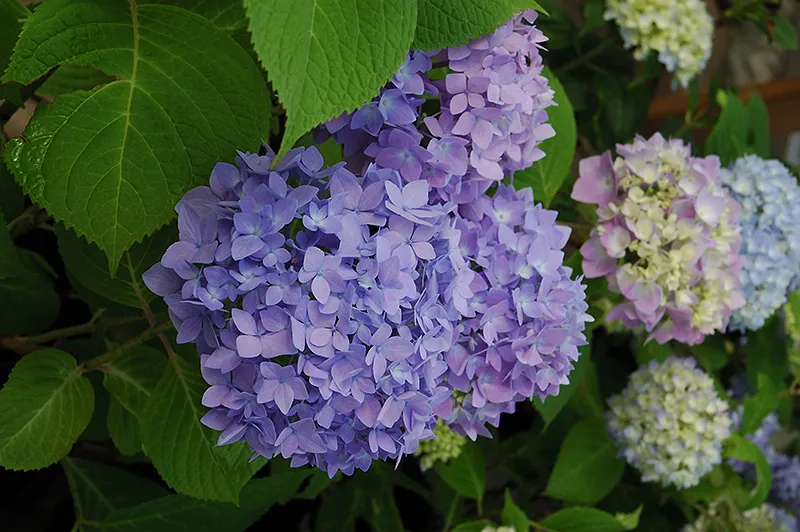
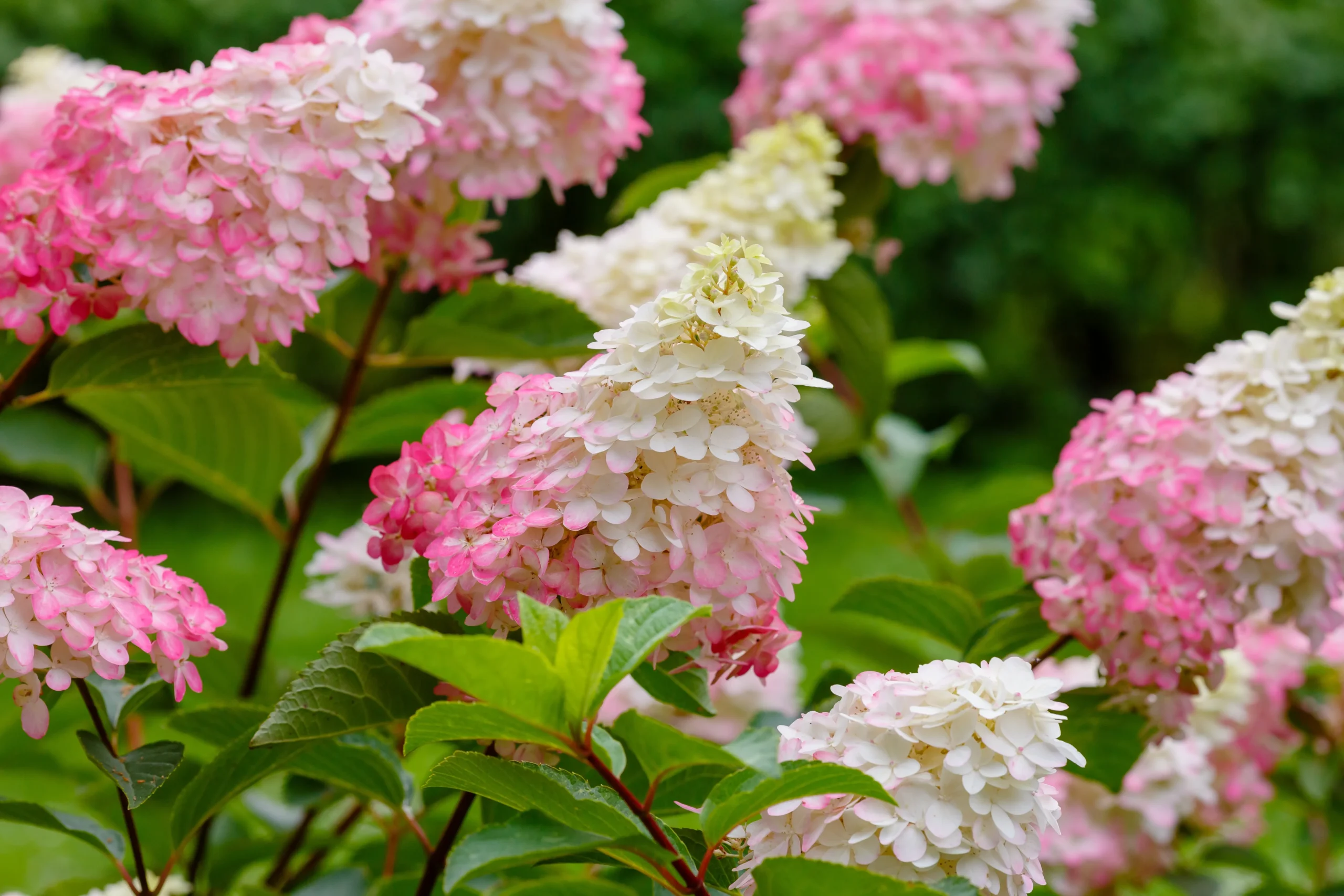
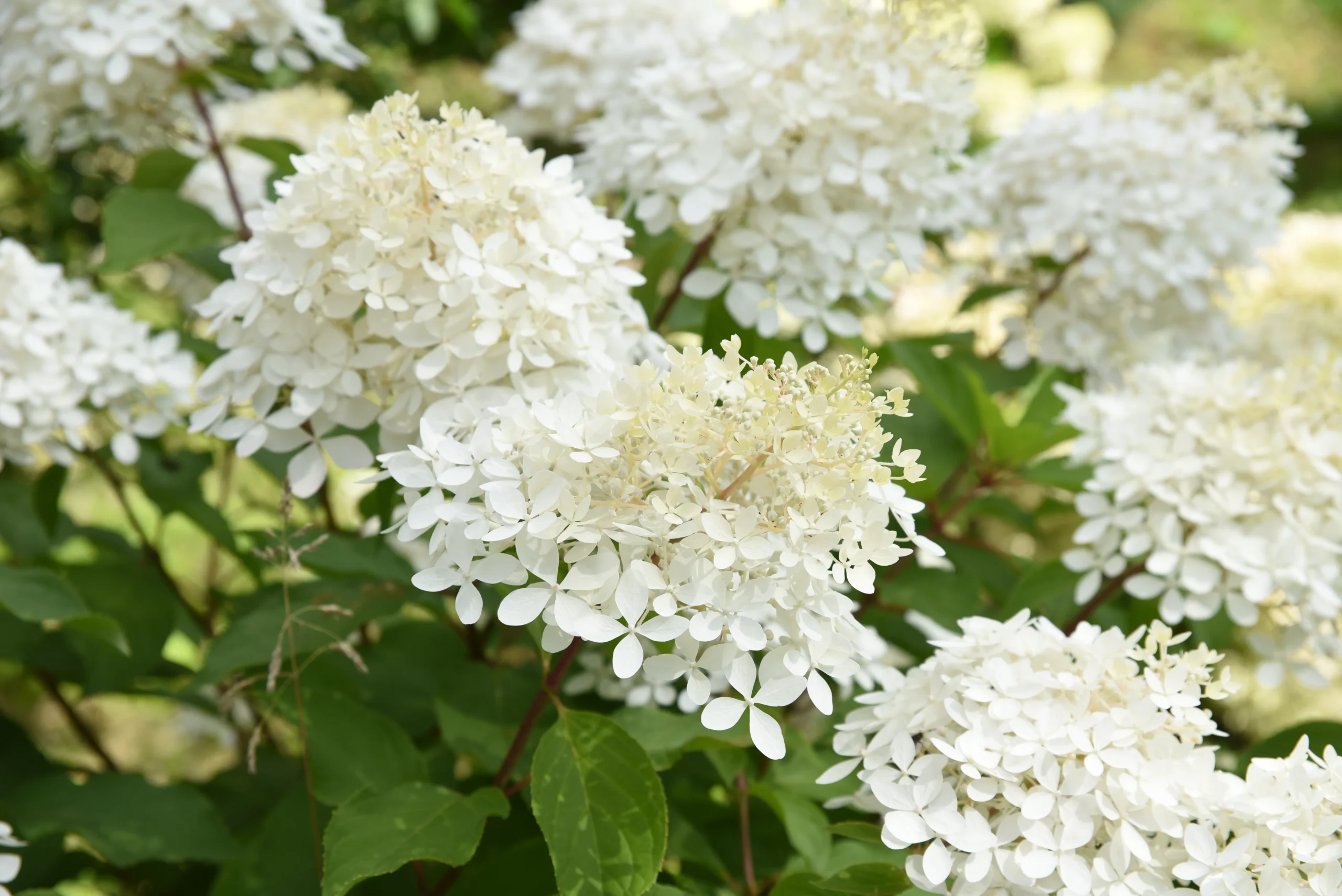
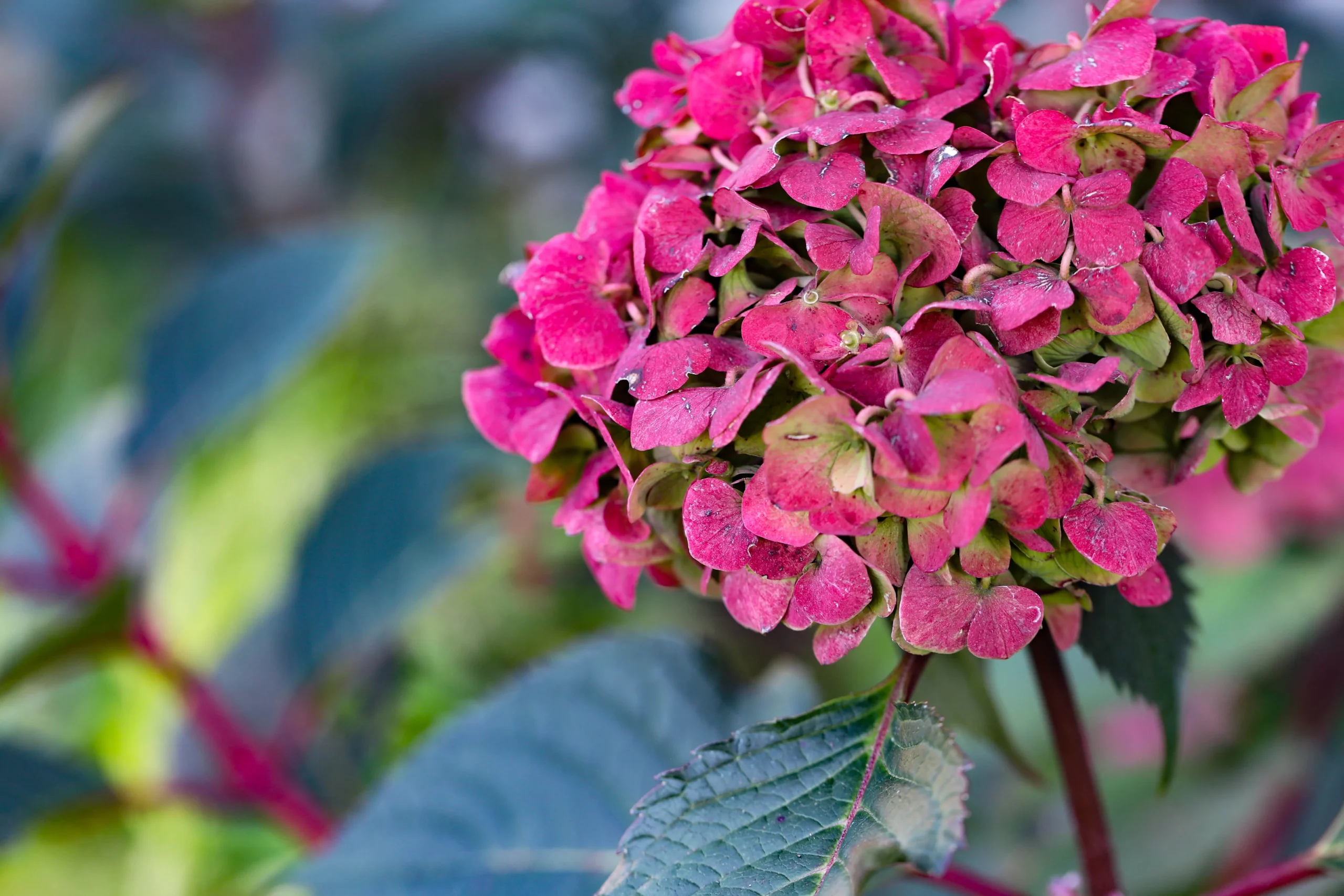
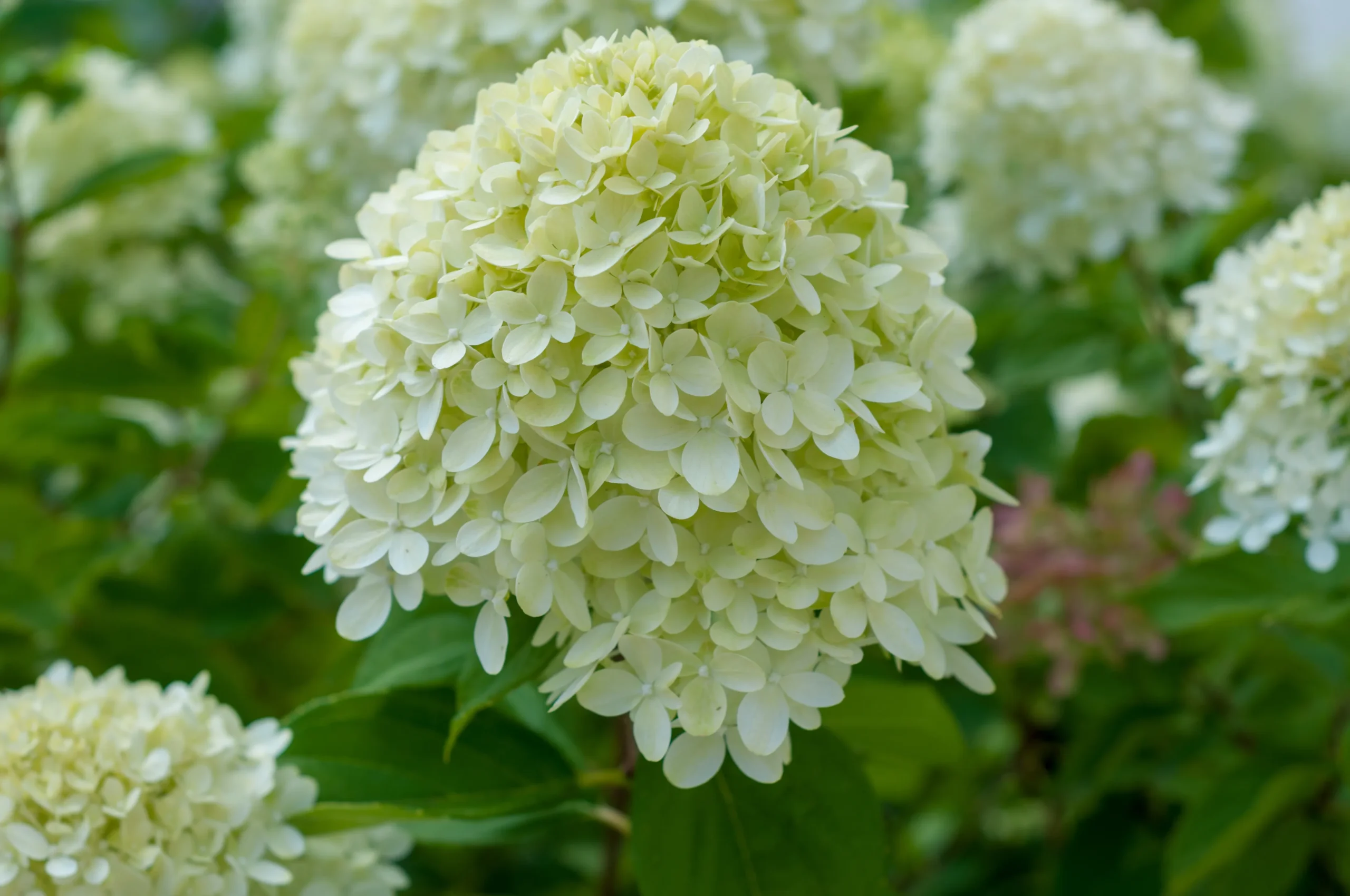


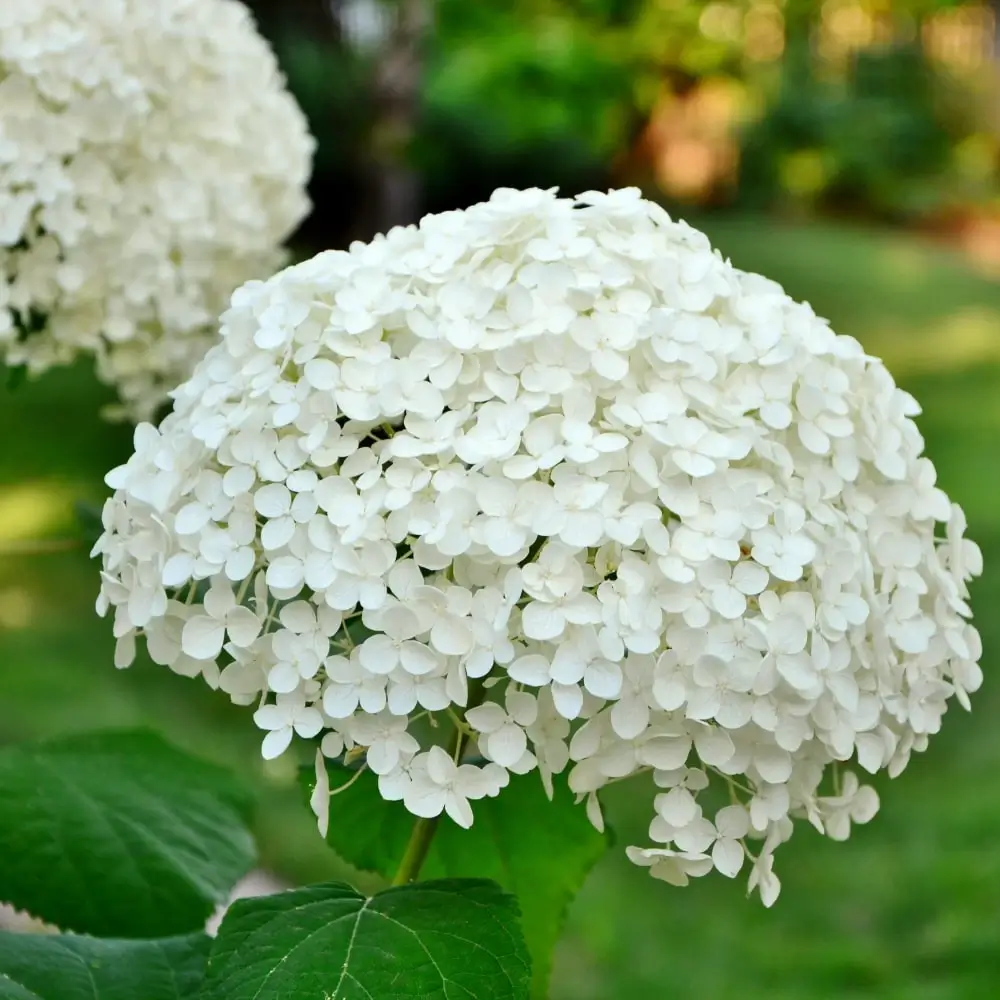

;)
